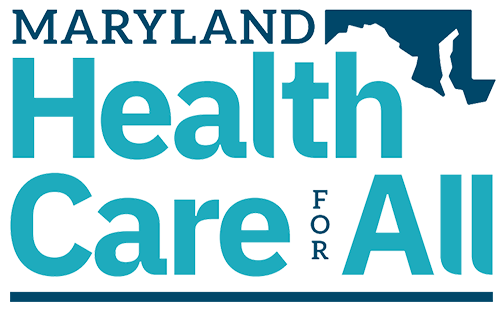 August 09, 2012
August 09, 2012
Bloomberg BusinessWeek
By Devin Leonard
The day after the U.S. Supreme Court upheld President Barack Obama’s health-care reform law, his campaign put Martin O’Malley on the phone with reporters. A Democrat from one of the country’s bluest states, he referred to his Republican peers who’d waged the unsuccessful legal battle to strike down the Affordable Care Act as “laggards.” Now that the Supreme Court had ruled, he offered to help other states prepare for it, as he’d already been doing for more than a year. “We are ready and willing and very happy to share what we’ve learned in this process with governors of both parties,” O’Malley said.
The remark wasn’t as gratuitous as it sounds. The Affordable Care Act requires states to have the most important parts of the law up and running by Jan. 1, 2014. Many are unlikely to make the deadline. As of late July, only 18 states had even started putting in place the law’s central component: health benefit exchanges, the menu of insurance plans that currently uninsured Americans will choose from. Twenty-five states were either studying options or had yet to take significant steps. The Republican governors of six states—including Texas, Florida, and South Carolina—are simply refusing to create the exchanges, in hopes that if Mitt Romney is elected president he’ll repeal or at least delay them. If states don’t create exchanges, the law requires the federal government to step in and do it for them.
If any state is poised to be ready, it’s Maryland. One of the first to pass a law establishing an exchange, back in April 2011, it’s moved swiftly to begin building a $51 million computer system that citizens will use to shop for insurance online as they do for airline tickets on Expedia. “We want to be the model,” says Lieutenant Governor Anthony Brown, who oversees the state’s health-care reform efforts.
Yet even with its early lead, Maryland faces big challenges as it tries to assemble all the pieces of the massive law. That computer system the state’s building? It will have to connect seamlessly with both Maryland’s Medicaid system and the federal government’s computers. No easy task, given the government’s less-than-inspiring history of information sharing—and made harder because the law requires states to start enrolling residents by October 2013. “There are going to be a lot of bumps along the way,” says John Gorman, a health-care industry consultant. “And if Maryland’s not ready, a lot of the other blue states won’t be either.”
There’s also been plenty of bickering among competing interest groups. Consumer groups wanted the exchange to use its purchasing power to extract lower prices from insurers—a proposal the insurance industry didn’t exactly warm to. “It was a big battle,” says Vincent DeMarco of the Maryland Citizens’ Health Initiative.
Anticipating such disputes, the state brought together people from government, consumer groups, and the industry to advise the board that oversees the exchange. But the board still couldn’t decide. So it punted, recommending to the legislature that the exchange should have the power to get tough with insurers, but not until 2016. The idea was to avoid scaring away insurance companies.
The board also had to calm insurance brokers who worried the exchanges would siphon off their customers. The health-care law calls for states to enlist “navigators” to help steer uninsured people to the right plan. Brokers envisioned these state emissaries would also snatch up those who already have insurance. “We didn’t want these people going around and saying, ‘Hey, you’re with Joe Schmo broker? Why don’t you come over to the exchange with us?’ ” says Bryson Popham, an insurance industry lobbyist.
Rebecca Pearce, executive director of the exchange, promised that wouldn’t happen. “My argument to everybody was, I don’t want your insured population,” she says. “I want to focus on the 730,000 that are uninsured.” To prove her point, the board proposed making it illegal for navigators to insert themselves between brokers and clients, except in very limited circumstances. The legislature adopted that proposal and nearly every other recommendation the board made. O’Malley’s aides say it’s because the administration was open to negotiating with all sides. Having the support of Democratic supermajorities in both houses of the state legislature may have had something to do with it.
Maryland expects the federal government to fund the exchange through 2014. After that, they’re supposed to cover their own costs—for Maryland, about $40 million a year. The exchange board has until Dec. 1 to come up with a financing plan. Brown, Maryland’s lieutenant governor, gingerly hints at one way to pay for it: “[Even if] I don’t have children … I pay taxes that support public education.”
With the exchange nearly in place, now comes the really hard part: getting as many uninsured people as possible to purchase health insurance—especially people in good health, so the exchange doesn’t become a glorified high-risk pool. “There clearly has to be a public education component,” says Joshua Sharfstein, Maryland’s secretary of health and mental hygiene and chairman of the Maryland Health Benefit Exchange. “But how much do you spend for that? Do you hire every celebrity in the four-state area?”
That’s just what California, which is also pushing hard to start Obamacare, wants to do. State health officials have proposed asking the makers of popular shows such as Modern Family and Grey’s Anatomy to make episodes extolling the virtues of health exchanges and teaching viewers how to sign up. “People are believing all these crazy things they’re hearing on the news,” says Kathleen Westcoat, president of HealthCare Access Maryland, a group that helps the uninsured get coverage. “It’s really going to require a major effort to help people understand what the law means.”
The bottom line: States have a little more than a year to start enrolling people in Obamacare. Top challenge: Persuading the uninsured to register.
Last modified: August 14, 2012


